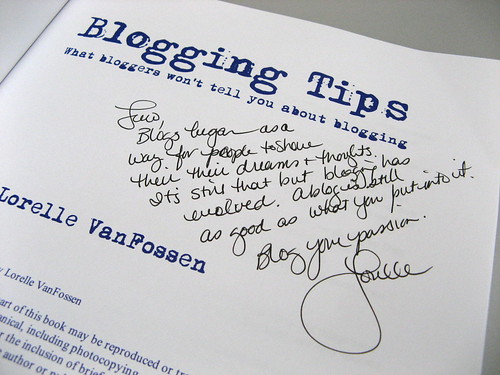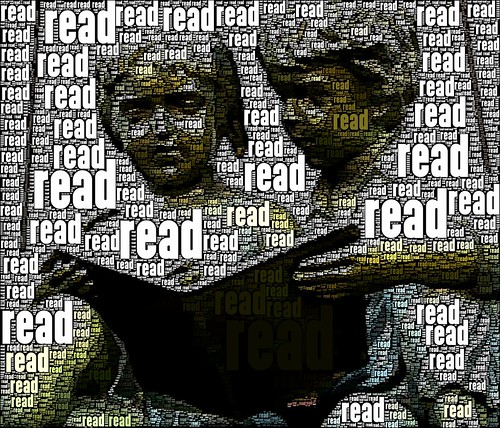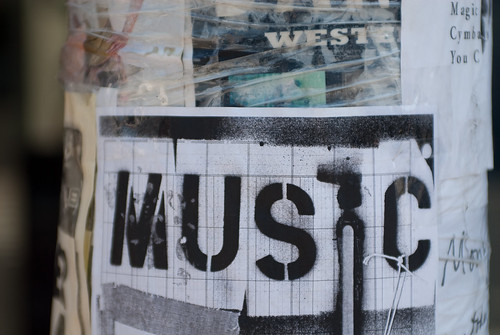 |
| Image: https://plus.google.com/u/0/106386034294040594598/posts |
Five Ideas for Perfectly Booking Read Across America (from Scholastic): offers lots of creative as well as practical ideas to engage students in activities related to reading enjoyment. Here the blurb from the introduction to this page:
- What Is Read Across America?
In 1998 the National Association of Education (NEA) held their first Read Across America on Dr. Suess’s birthday to raise awareness about the importance of children’s literacy. After all, if we have parades for winning sports teams and weeks to celebrate kindness, doesn’t reading deserve a day? Read Across America is now celebrated at schools, libraries, and community centers across the country every year. In this video from last year’s national Read Across America event, Michelle Obama and other honorees read Green Eggs and Ham to a group of 300 students.
Read Across America with Dr. Suess (from Thinkfinity): provides activities on Dr. Suess's book and activities to do with families.
Read Across America and Suess Day: Teachers' Best Lessons and Activities (short list from Teachers Net Gazette)
NEA Read Across America (classroom lesson ideas and activities, activities to do at home, interview with Mrs. Suess)
Song Created by 4th Graders to Celebrate
Read Across America (Suzanne's Blog, lots of resources included in the links to the two Pinterest boards: Read Across America and Dr. Suess)
Cute Dr. Suess Videos (from Kelly's Blog)
Dr. Suess's Ideas (from Kelly's Blog)
Dr. Suess Cam (from Busy as a Bee in 1st Grade, Abbey's Blog)
Read Across America (from National Council of Teachers of English, ideas for grade levels, K-college)
Read Across America Day Celebrates Dr. Suess (from NCTE and International Reading Association, Read/Write/Think, lesson ideas and resources K-12)
Suessville.com website
Differentiated Instruction: Reluctant and Striving Readers (from Scholastic): focuses on Scholastic's Storia program and how to use it to engage readers.
Check how one Connecticut school is celebrating Read Across America. Check the Used Books blog for this post about what Wamapogo Middle/High School is up to: "A Door is a Window."
Also coming up, is World Read Aloud Day: find out more about this event at LitWorld
The Cat in the Hat Read by Justin Bieber (on YouTube)
Tim Tebow Reads Green Eggs and Ham (YouTube)
And now for one of my favorite Dr. Suess lines
NEA Read Across America (classroom lesson ideas and activities, activities to do at home, interview with Mrs. Suess)
Read Across America (Suzanne's Blog, lots of resources included in the links to the two Pinterest boards: Read Across America and Dr. Suess)
Read Across America (from National Council of Teachers of English, ideas for grade levels, K-college)
Read Across America Day Celebrates Dr. Suess (from NCTE and International Reading Association, Read/Write/Think, lesson ideas and resources K-12)
Suessville.com website
Check how one Connecticut school is celebrating Read Across America. Check the Used Books blog for this post about what Wamapogo Middle/High School is up to: "A Door is a Window."
Also coming up, is World Read Aloud Day: find out more about this event at LitWorld
 |
| ImageL https://plus.google.com/u/0/106386034294040594598/posts |
What additional ideas or sites do you suggest for Read Across America, not just this week, but every week?









































